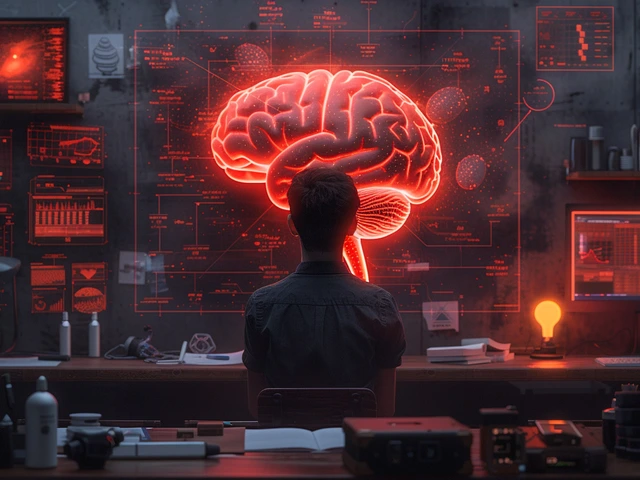Revolutionizing Construction: The Unprecedented Impact of AI

Revolutionizing Construction: The Unprecedented Impact of AI
The Pathway to Innovation: AI in Construction
The construction landscape is changing rapidly, reshaping its narrative with the aid of Artificial Intelligence. This transformation is not just about innovation for the sake of innovation; it's about addressing the chronic challenges that have plagued the industry for decades. Issues such as project delays, budget overruns, safety concerns, and labor shortages are prompting a paradigm shift towards smarter, technology-driven solutions. Here in Melbourne, like in many cities around the globe, the adoption of AI is seen as a game-changer for tackling these challenges head-on.
Artificial Intelligence, in its essence, offers the construction sector the tools and insights needed for precision, efficiency, and decision-making. From the initial design stages to the laying down of the last brick, AI's capabilities are harnessed to optimize tasks, forecast timelines, manage resources, and ensure the highest standards of safety. The beauty of these technologies lies not just in their immediate benefits but in their ability to learn and adapt, continuously improving project outcomes.
Real-World Applications and Success Stories
The theoretical advantages of AI in construction become palpable through its real-world applications. One such example is the use of AI-powered drones for site surveys. These drones can capture crucial data across large areas in record time, information that's essential for planning and monitoring progress. Then, there's the realm of predictive analytics, where AI algorithms analyze immense datasets to forecast project delays or identify potential risk factors before they manifest into costly problems.
In Melbourne, a project that resonated with me involved the use of an AI platform for workload optimization. By analyzing historical data and current work patterns, the system efficiently allocated tasks to workers based on their skills, availability, and location, significantly reducing downtime and enhancing productivity. Another success story is the incorporation of robot-assisted technology for hazardous tasks, reducing human exposure to risky environments and boosting overall site safety.
Challenges and Considerations for Adoption
Despite the promising prospects, the road to AI integration in construction is not devoid of challenges. One primary concern is the initial cost and complexity of implementing AI systems. Small and medium enterprises, in particular, may find it daunting to invest in such technologies without a clear understanding of the return on investment. Moreover, the cultural shift required to embrace digital transformation can be significant, necessitating changes in mindset, training, and operations.
Another critical aspect to consider is data privacy and security. With construction projects generating vast amounts of sensitive information, ensuring the protection of this data becomes imperative. There's also the question of regulatory compliance and how AI-driven processes fit within existing industry standards and laws. Navigating these concerns requires a collaborative effort among stakeholders to establish guidelines and best practices that facilitate the ethical and effective use of AI in construction.
Looking Ahead: The Future of AI in Construction
The potential of AI in the construction industry is immense, promising a future where projects are executed with unprecedented precision, efficiency, and safety. As we look ahead, we can anticipate further advancements in AI technologies, including more sophisticated machine learning models, augmented reality (AR) for immersive project visualization, and even greater automation of mundane tasks. These developments will not only enhance the capabilities of construction firms but also attract new talent to the industry, eager to work at the intersection of technology and traditional construction.
However, realizing this future requires continued investment in research and development, targeted education and training programs, and an open dialogue between technology providers and construction practitioners. By fostering an environment that encourages innovation, the construction industry can not only overcome its present challenges but also lay the foundation for a sustainable, technology-driven future.
About
CH Tech Development is a premier resource for the latest updates and insights in the world of technology development. We provide extensive information, articles, and guides on cutting-edge technological advancements. Explore our site to empower your knowledge about the dynamic field of tech development.
Latest Posts


AI Tricks: The Manual for Tech Excellence
By Silas Hawthorne Jul 26, 2023

Master The Art Of Coding With These PHP Tricks
By Silas Hawthorne Jul 26, 2023

PHP Tricks: The Secret to Unlocking Your Web Development Potential
By Silas Hawthorne Aug 3, 2023

Write a comment